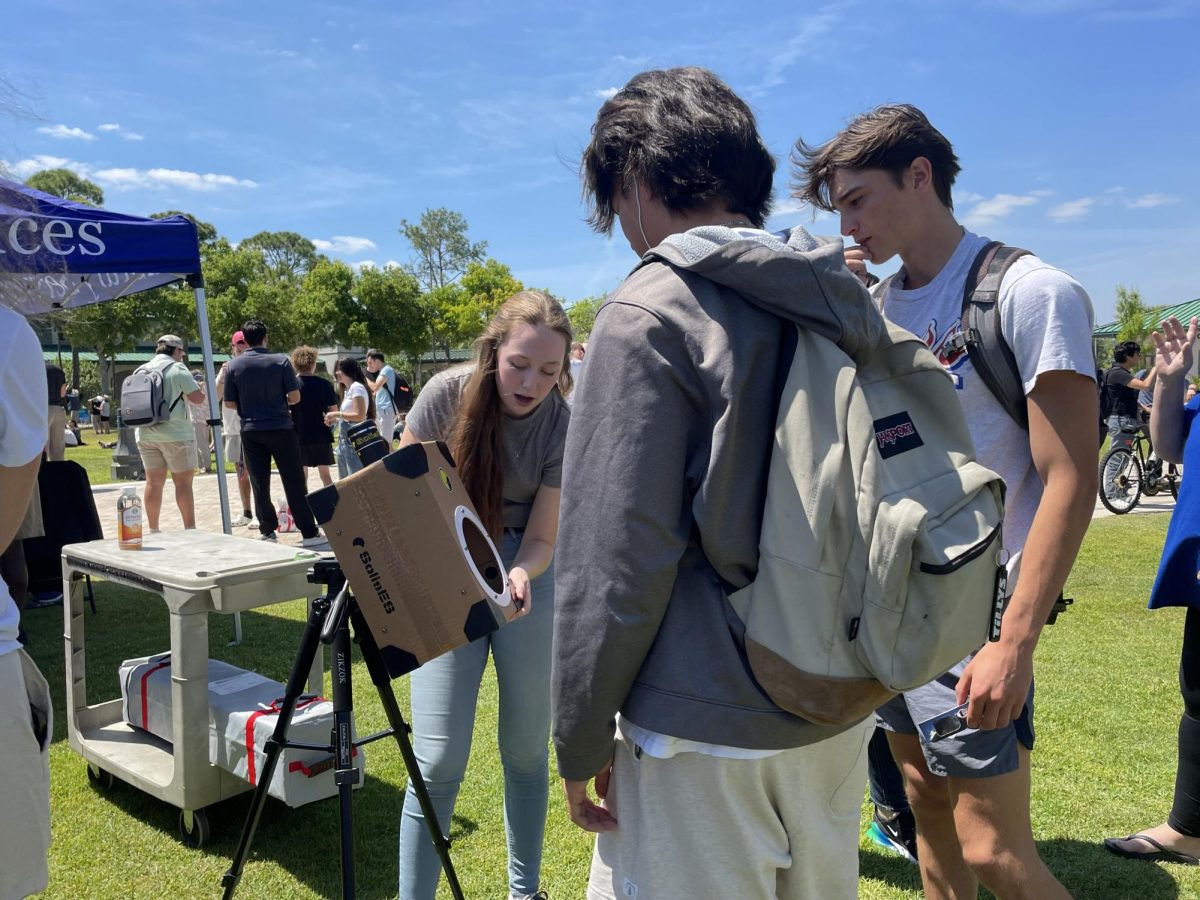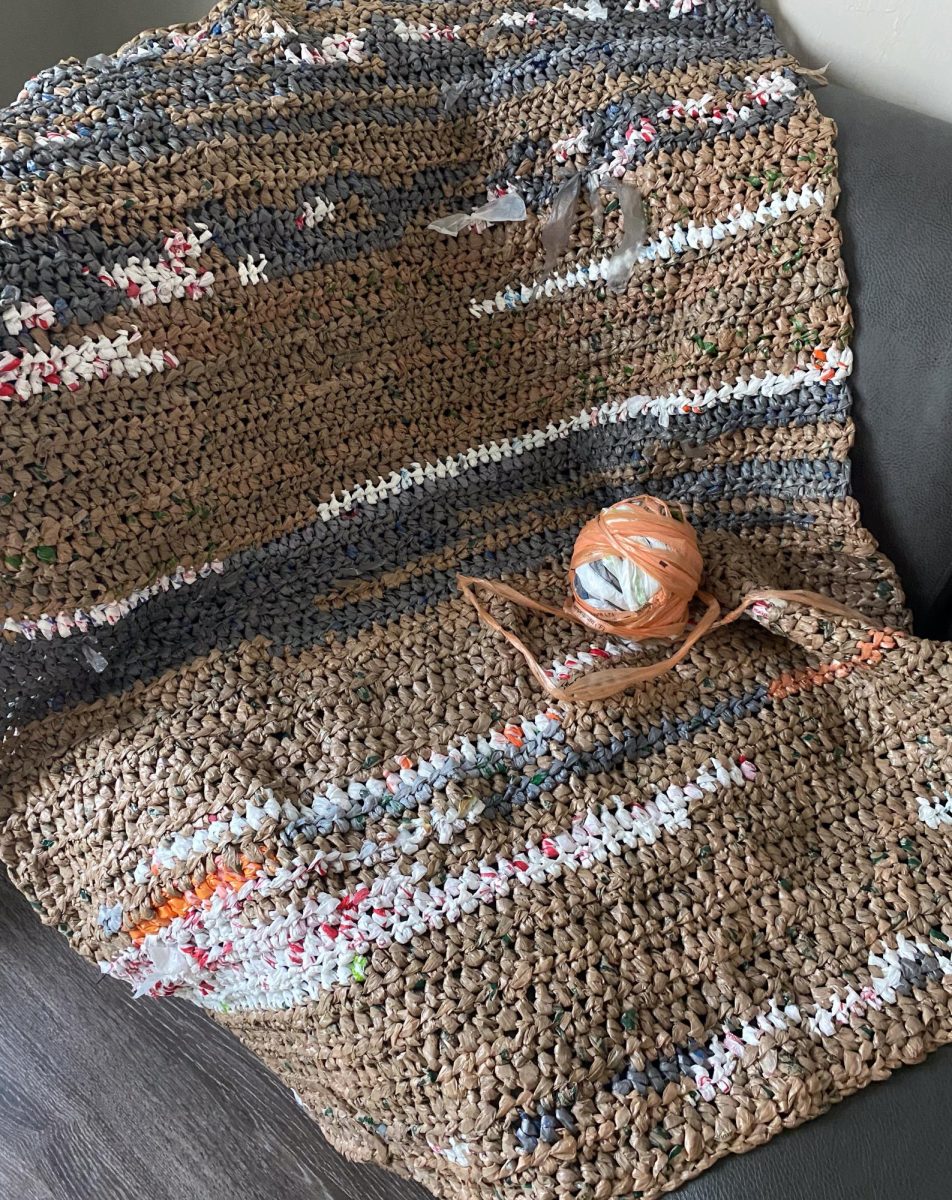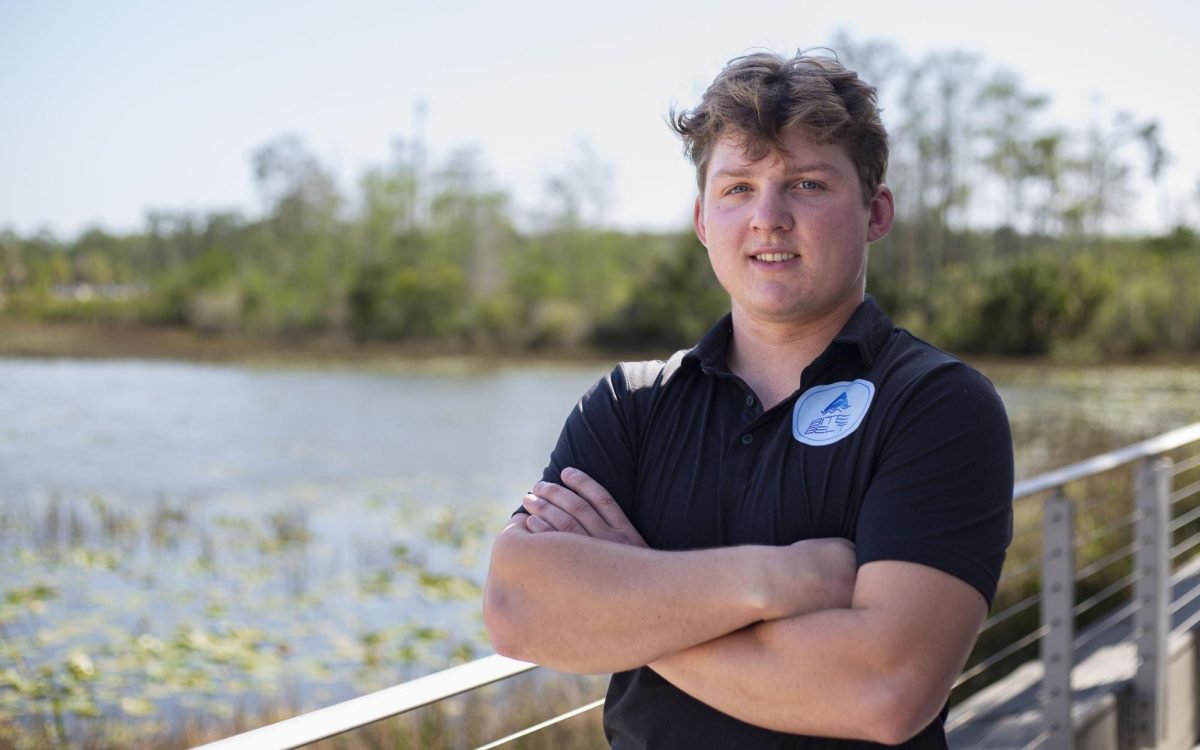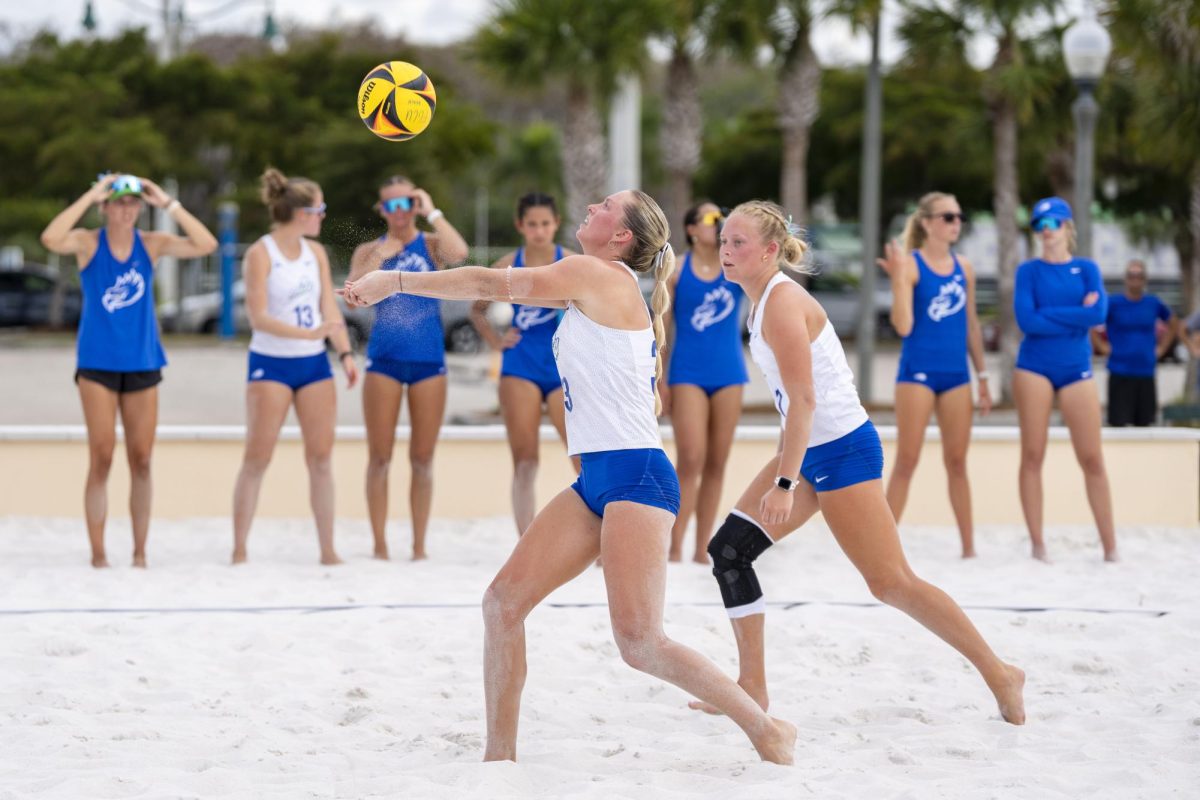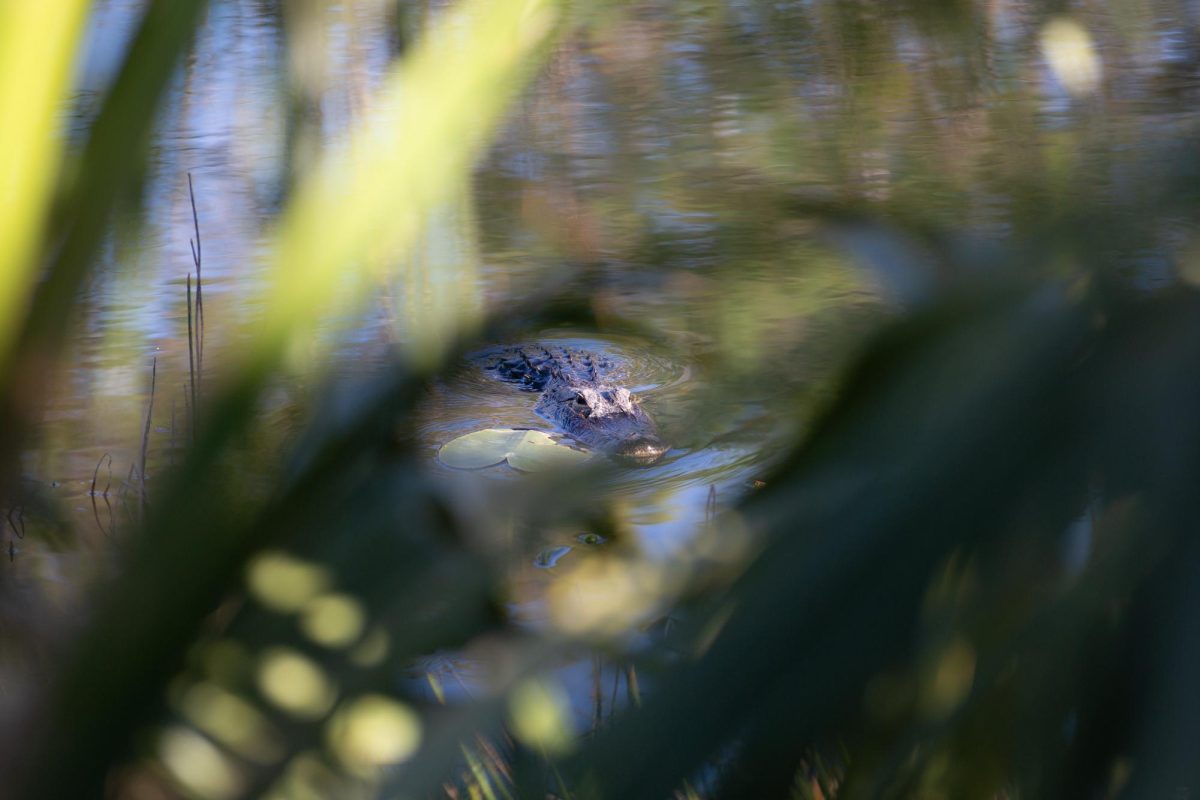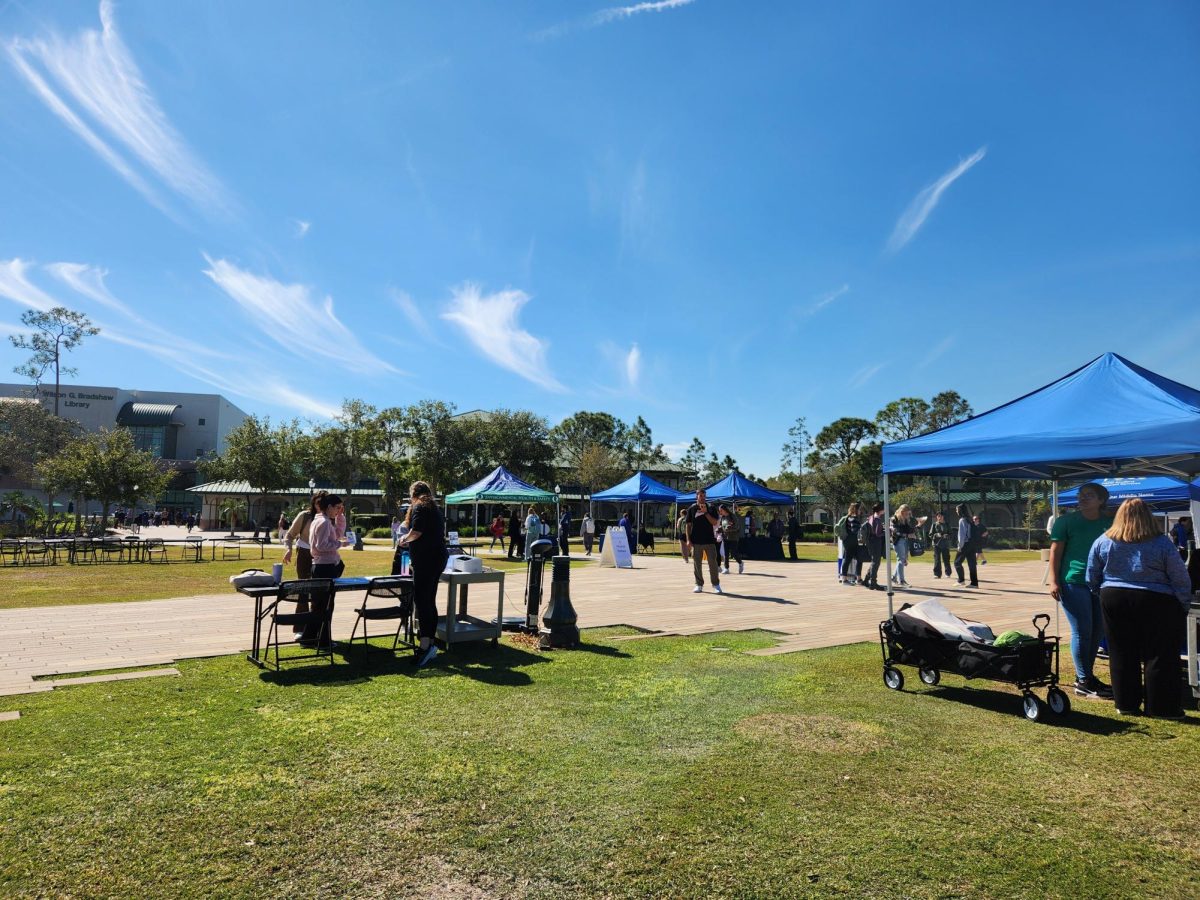With the fourth storm of the 2015 Atlantic hurricane season, Danny, growing to a Category 3 then quickly weakening, FGCU students didn’t seem to have much to worry about. The second threat, Tropical Storm Erika, did fatal damage in the Dominican Republic, killing at least 20 people, but dissipated Aug. 30, leaving Florida with nothing but scattered rainstorms.
Several storm advisories were sent to students from University Police Chief Steve Moore on Thursday and Friday of last week, addressing the path of Erika and how the school would prepare if 40 mph winds were to hit the school — pool furniture would be secured as well as construction sites.
On Tuesday, Sept. 1, Tropical Storm Fred strengthened into a hurricane off the coast of Africa. While the system poses no threat to the Caribbean or the United States, it continued to intensify Tuesday afternoon, and was responsible for strong winds and heavy rain in parts of the Cabo Verde Islands.
Hurricanes are storms that form over the Atlantic or eastern Pacific Ocean when warm air rises from the water, causing an area of low air pressure below the air that’s rising. As more warm air pressure below the air that’s rising. As more warm air rises, the classic swirl that’s seen on the news forms over the Ocean.
Heavy rain and strong wind often accompany hurricanes, which begin as tropical storms once the winds reach 39 mph. After the winds reach 74 mph, the storm can then be called a tropical cyclone, or a hurricane.
They are categorized by a five-point scale, ranging from 1 (minimal damage once it hits land) to a 5 (catastrophic damage.) While the last hurricane to actually hit and do severe damage to Florida was Wilma in October 2005, Hurricane Sandy did graze the east coast before heading up north in 2012, wreacking havoc on the Jersey Shore and flooding large portions of New York City.
In case of a power outage, students should keep flashlights handy and plenty of bottled water and non-perishable food items. Dorm bathrooms could also make great hurricane shelters, but any room with no windows could suffice.
FGCU students are encouraged to register their cell phones for emergency text messages from the FGCU Alert system for updates on the 2015 Hurricane Season by visiting the FGCU website.

